
Vertu Academia: Unlocking the Potential of Intellectual Property

Before we embark on our journey into the realm of tokenized intellectual property, let's first understand the challenges that creators often encounter. Intellectual property, ranging from music and art to literature and inventions, is susceptible to piracy, unauthorized usage, and complex royalty structures. These challenges not only undermine the rights of creators but also hinder the full potential for revenue generation.
Imagine a world where every stroke of a painter's brush, every note of a musician's composition, and every word of an author's manuscript is securely recorded and protected. This is the promise of blockchain technology in the realm of intellectual property. Blockchain, with its decentralized and tamper-resistant nature, provides an ideal foundation for establishing ownership, provenance, and transparent transactions in the creative space.

Let's break down the process:
1.Creation of Digital Tokens: Creators can tokenize their intellectual property by converting it into digital tokens. These tokens can represent various aspects such as ownership, access rights, or a share in future revenue.
2. Smart Contracts: Smart contracts, self-executing agreements coded into the blockchain, govern the rules and conditions associated with the tokens. For example, a smart contract could automate royalty payments to creators every time their work is used or sold.
3. Immutable Ledger: The blockchain ledger ensures that ownership records are secure, transparent, and tamper-proof. This eliminates disputes over authorship or ownership, offering a clear and unassailable record of the creative journey.

1.Crowdfunding and Initial Token Offerings (ITOs): Creators can raise funds by selling tokens representing a stake in their project. This crowdfunding model, often referred to as an Initial Token Offering (ITO), allows creators to secure financial support directly from their audience.
Example: A budding musician tokens their upcoming album, allowing fans to purchase tokens and gain access to exclusive content or future revenue shares.
2. Fractional Ownership: Tokenization enables the division of intellectual property into smaller, tradable units. This fractional ownership model allows multiple investors to collectively own a stake in a creative work.
Example: An artist tokenizes a masterpiece, and art enthusiasts can buy fractions of the artwork, becoming partial owners and benefiting from any future sales or exhibitions.
3. Royalties and Micropayments: Smart contracts embedded in tokens automate royalty payments, ensuring that creators receive fair compensation every time their work is used or resold.
Example: A photographer tokenizes their portfolio, and every time an image is licensed for commercial use, smart contracts automatically distribute royalties to the photographer and other token holders.
4. Enhanced Licensing and Access Controls: Creators can use tokens to manage licensing agreements more efficiently, allowing for automated access controls and payments.

As we conclude our exploration into the realm of Tokenized Intellectual Property, it's evident that blockchain tokens are unlocking new dimensions for creators and enthusiasts alike. This innovative approach not only addresses the challenges of piracy and complex royalty structures but also democratizes access to and investment in creative projects.


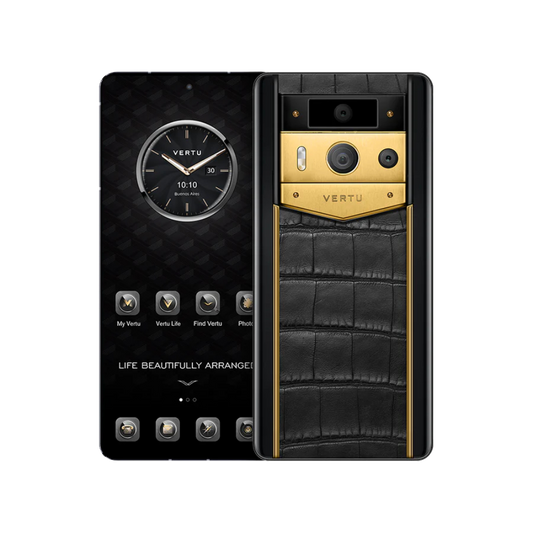
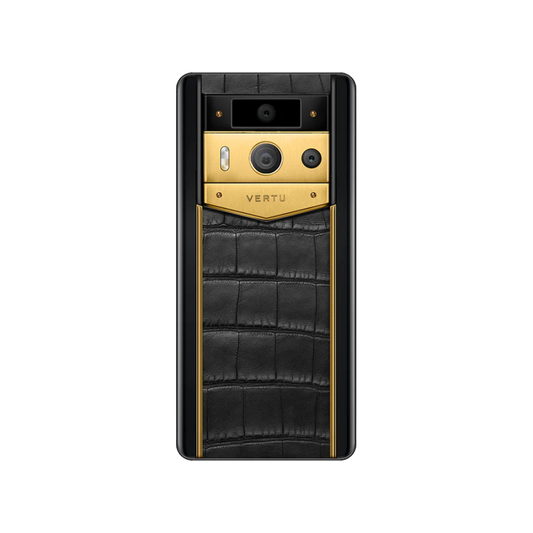


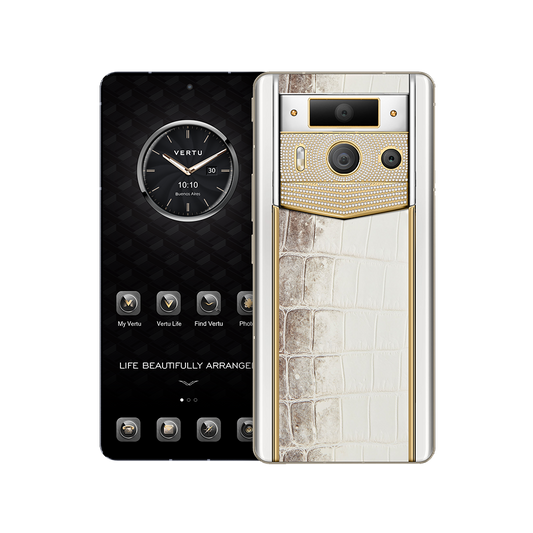
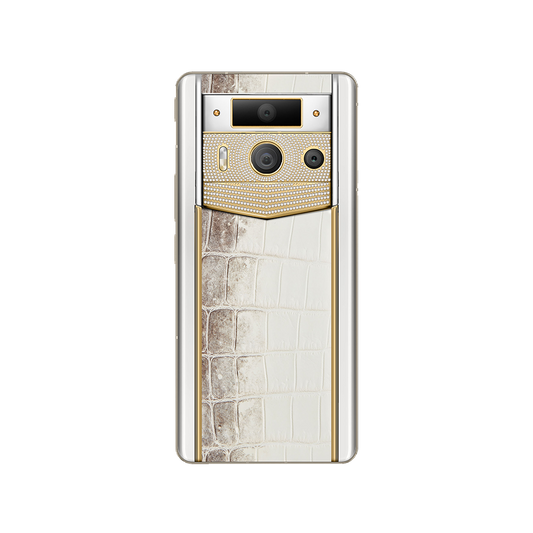
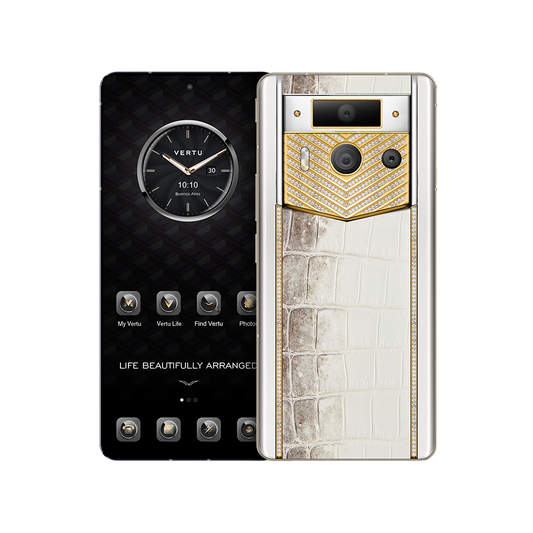
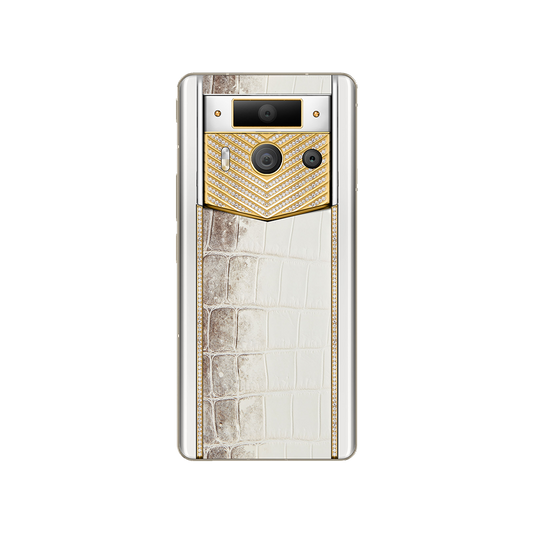

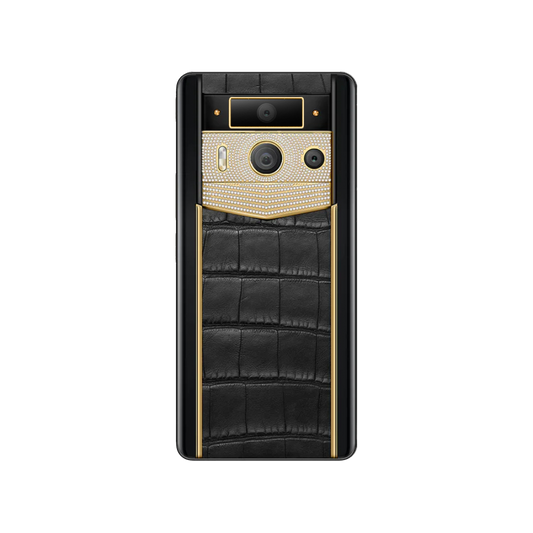
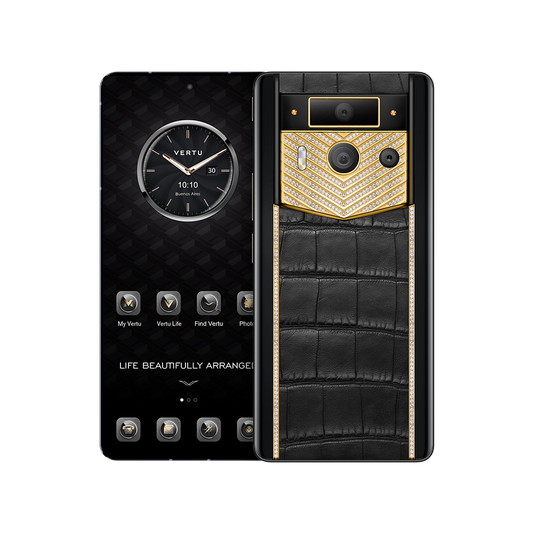


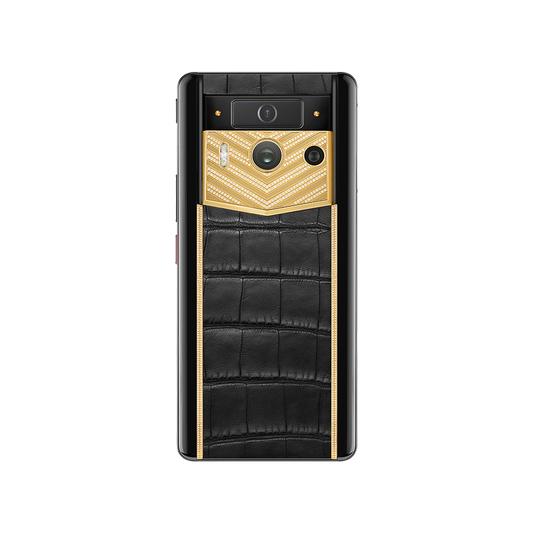







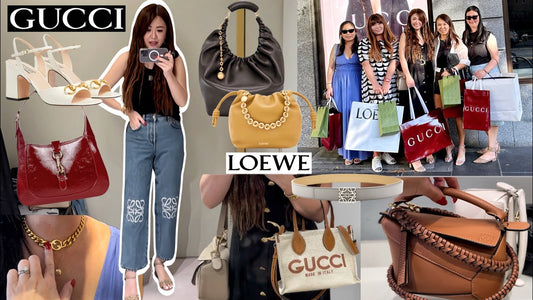
No comments